Tokyo is one of the metropolitan cities in the world. As a capital city of Japan, the city tops the population density in the country with over 13 million population which shares around 10% of the Japan`s total population but with less than 1% of country`s land area. This article will give you a glimpse about the population distribution, transportation infrastructure and different zones of area in Tokyo.
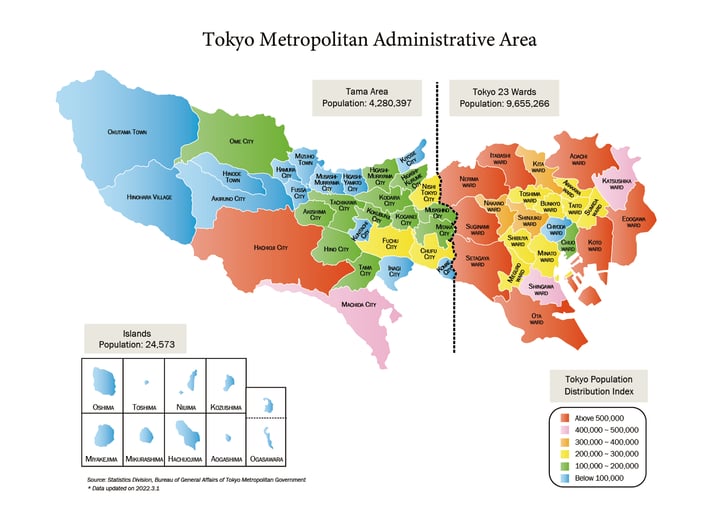
The total area of Tokyo is around 2,188 km² that covers 23 city wards, the tama district as well as the islands around formed the Tokyo Metropolitan Administrative Area. The 23 city wards shared almost 70% of Tokyo`s population while the rest is shared among tama district and islands around. The above map below shows the population distribution and density in different wards, cities and villages.
■ Transportation Network of Tokyo
The transportation network in Tokyo is one of the complicated but well-facilitated rail network in the world. Its rail system is claimed as one of the world’s most efficient, fast and on time transport. There are over 80 railway lines in Tokyo running by numerous railway companies such as Japan Railway (JR) and Tokyo Metro. For example, JR Yamanote line is one of the prime and popular railway lines in Tokyo with stops at popular areas like Shibuya, Shinjuku, Shinagawa, Ikebukuro and Tokyo.
Besides, there are two well-known international airports around that provide a total of 6 terminals for both overseas and domestic passengers for aboard and departure named Narita International Airport, and Tokyo International Airport (Haneda Airport).
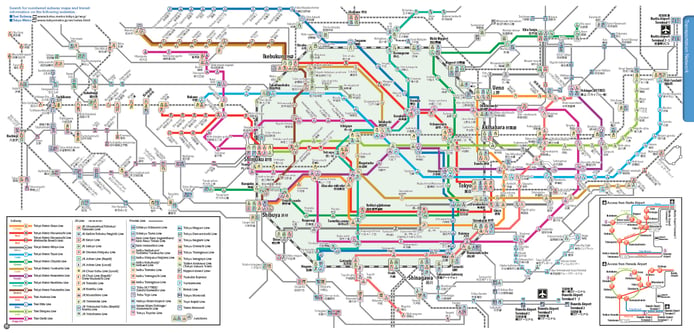
* Source of route map of Tokyo trains
-
■ Tokyo 23 City Wards
The special Tokyo 23 city wards share less than 30% of Tokyo’s total area but clustered over 70% of Tokyo’s population. The following five zones the 23 wards are divided based on their locations:
Central Tokyo: Minato ward, Chuo ward and Chiyoda ward
Eastern Tokyo: Edogawa ward, Koto ward, Sumida ward, Taito ward and Katsushika ward
Southern Tokyo: Meguro ward, Shinagawa ward and Ota ward
Western Tokyo: Shibuya ward, Shinjuku ward, Nakano Ward, Nerima ward, Suginami ward and Setagaya ward
Northern Tokyo: Bunkyo ward, Toshima ward, Kita ward, Itabashi ward, Aragawa ward and Adachi ward
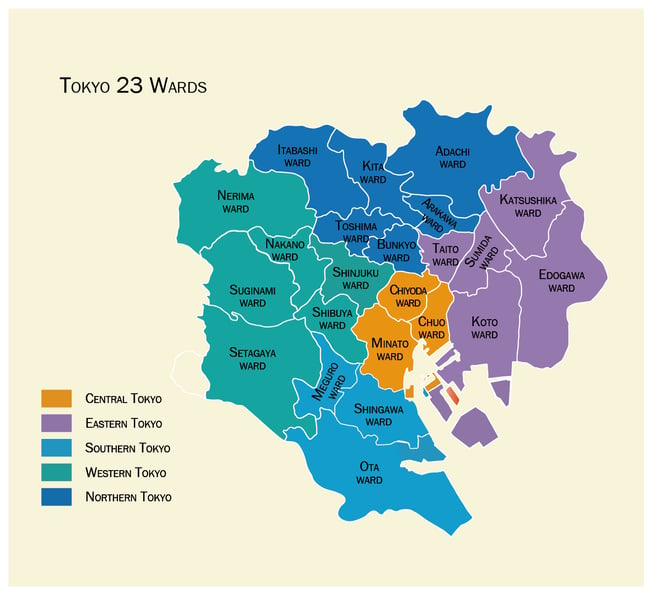
Central Tokyo
This area includes Minato ward, Chuo ward and Chiyoda ward which formed the busiest business area in Tokyo. Minato ward is filled with business, nightlife, and city landmarks; Chuo ward offers a stunning mix of modern waterfront views and blue-collar back streets, while Chiyoda ward is the political heart of the nation.
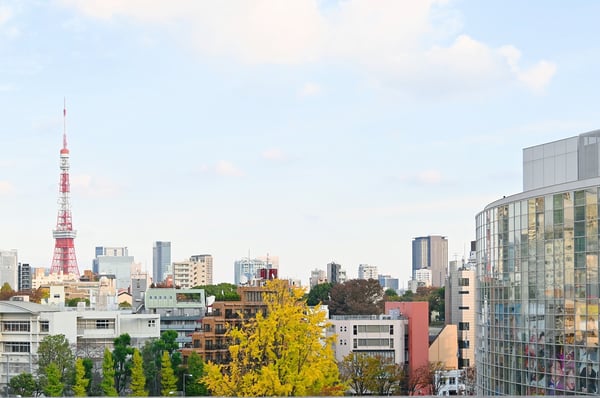
Eastern Tokyo
This area includes 5 wards: Edogawa ward, Koto ward, Sumida ward, Taito ward and Katsushika ward. There are many old vibes of Tokyo`s cultural and traditional can be enjoyed in this area. For example, Katsushika ward is nostalgia heaven that with the country's most amazing shrines and temples such as Otamainari Shrine and Renshoji Temple. Sumida ward is filled with classic Edo-styled history, culture and modern developments. Tokyo’s tallest tower “Tokyo Skytree” as well as the famous “sumo” tournament venue “Ryogoku Kokugikan” are also located in Sumida ward.
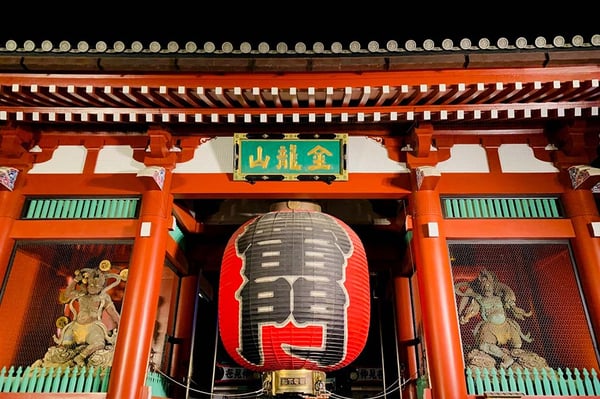
Southern Tokyo
Meguro ward, Shinagawa ward and Ota ward formed the southern part of Tokyo. This area combines expensive harbour views, public space and some of Tokyo's most sought-after suburbs. Shinagawa Ward is one of the key Tokyo transit point and portal to food, fun and entertainment in Tokyo. Meguro ward is a residential area in character, but is also home to light industry, corporate head offices, the Komaba campus of University of Tokyo as well as fifteen foreign embassies and consulates. It is also ranked as one of the country's most desirable places to live. Ota ward is the largest ward among 23 wards with an area of 59.46 km2. It is predominantly a residential area with one of the most exclusive, top-class neighborhoods “Denenchofu” in Tokyo. Haneda International Airport is also located in this area.
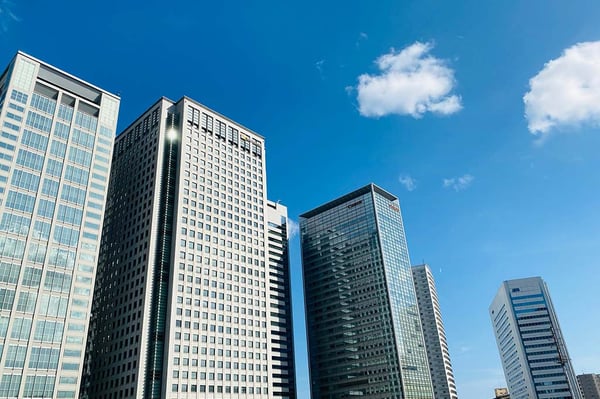
Western Tokyo
This area includes 6 wards: Shibuya ward, Shinjuku ward, Nakano Ward, Nerima ward, Suginami ward and Setagaya ward. This area combines both stunting business and shopping elements with impressive peace and quiet residential sector. Shibuya ward, Shinjuku ward and Nakano Ward are mixed with major commercial and finance center, busy shopping and entertainment districts. The Shibuya's iconic crossing near Shibuya station continues to be the worldwide spotlight while Shinjuku station is still a buzzing urban playground open around the clock. Nakano ward is a draw for fans of anime and manga. On the contrary, Nerima ward, Suginami ward and Setagaya ward are area with atmosphere escape from the central hustle and bustle. There areas are filled with traditional shopping streets and are replete with modern suburban charm and family-friendly ambience.
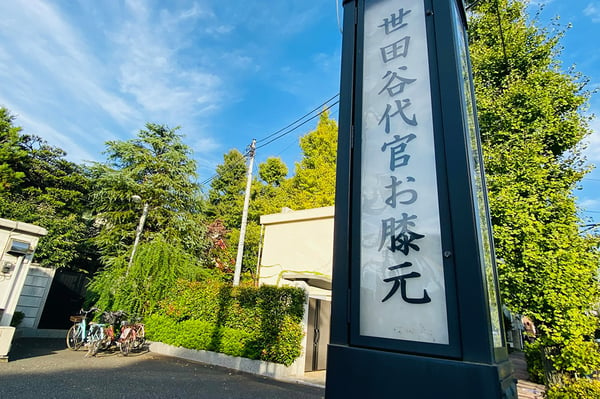
Northern Tokyo
This area includes 6 wards: Bunkyo ward, Toshima ward, Kita ward, Itabashi ward, Aragawa ward and Adachi ward. Each ward in this area has its own characters. For instance, Bunkyo ward is a residential and educational center where is the home to famous of Tokyo Dome and the top University - University of Tokyo (Hongo Campus). Toshima City shines with nuggets of shopping, history and tradition while Adachi ward features with temple, parks and zoo, etc.
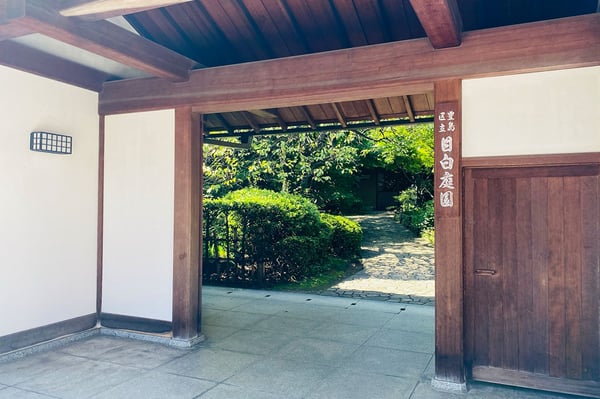
-
■ Tama Area and Tokyo Islands
Tama area and Tokyo Islands share around 70% of Tokyo’s total area but resided less than 30% of Tokyo’s population. Tama area comprises 26 suburban cities, 3 towns and 1 village such as Mitaka City and Chubu City. The Islands of Tokyo are also known as the Insular Area of Tokyo Metropolis which consist of 9 main islands including the Izu and Ogasawara island chains to the south of the Izu Peninsula.
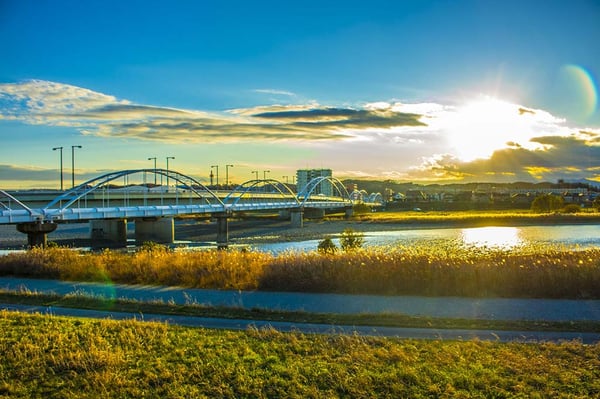
(REF: B-TA-01)


